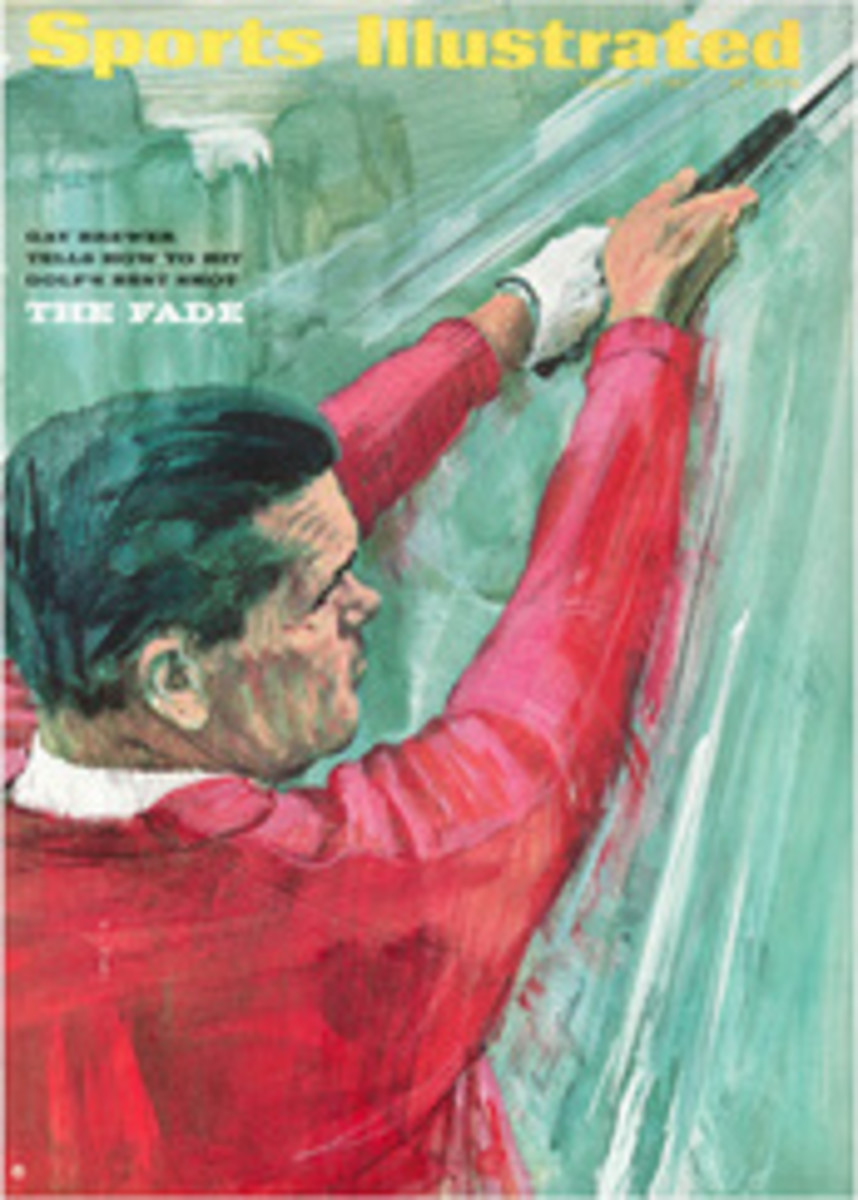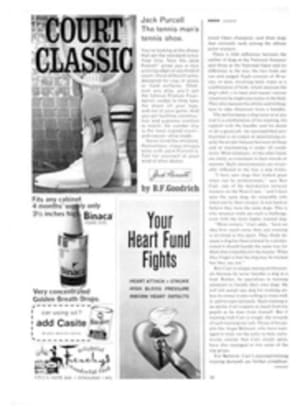
Footloose
If you are an antique airplane enthusiast (or even a Peanuts reader) and happen to be traveling near Paris this summer, you could do worse than stop off at the little village of Meudon. Meudon boasts a museum of aviation history set in an aeronautical research center.
Among the 90 or more planes owned by Le Musée de l'Air is a replica of the glider in which Otto Lilienthal flew more than 2,000 times in the 1890s. Lilienthal is the first man who managed a flight in a heavier-than-air machine. He would hold himself on the glider with his elbows and forearms, run downhill into the wind and take off. His equilibrium was maintained by moving his body and legs, and he kept aloft for distances up to 330 yards.
There is a reconstructed Voisin that contains many of the original struts and screws as well as the original Antoinette 50-hp engine of the biplane built by the Voisin brothers for Henri Farman, who won the first controlled one-kilometer closed-circuit race in 1908. The first seaplane ever built is there, the one in which Henri Fabre, on March 28, 1910, succeeded in taking off from the water and flying 330 yards. Mounted on three floats, with the propeller in back and the stabilizers in front, the plane looks more like a framework than an actual flying machine. There is also a copy of the Wright biplane in which Calbraith P. Rodgers flew in 49 days from New York to Los Angeles in 1911, and a reconstruction with the original fuselage of a model of the Blériot XI, in which Louis Blériot flew across the Channel on July 25, 1909.
If those gems are not tantalizing enough, the Snoopy fan can see examples of World War I combat planes, including a Caudron G-4 twin-engine two-seater that was used throughout the war as a fighter and a bomber from 1915-1917; a Baby Nieuport chase plane that distinguished itself on the Somme; a Spad XIII equipped with two Vickers synchronized machine guns, and a 200-hp Hispano-Suiza engine that drove it to a speed of 130 mph.
From the World War II period there is a Russian YAK-3 and a British Spitfire. The supersonic realm is represented by a prototype of the Trident, the French interceptor designed in 1953 that had a Mach speed of more than 1.7.
In addition to actual planes, there are many beautiful scale models of imaginary and experimental planes, helicopters, gliders, balloons and dirigibles that succeeded in flying as early as 1852. Sorry, Peanuts fans, no Sopwith Camel.

